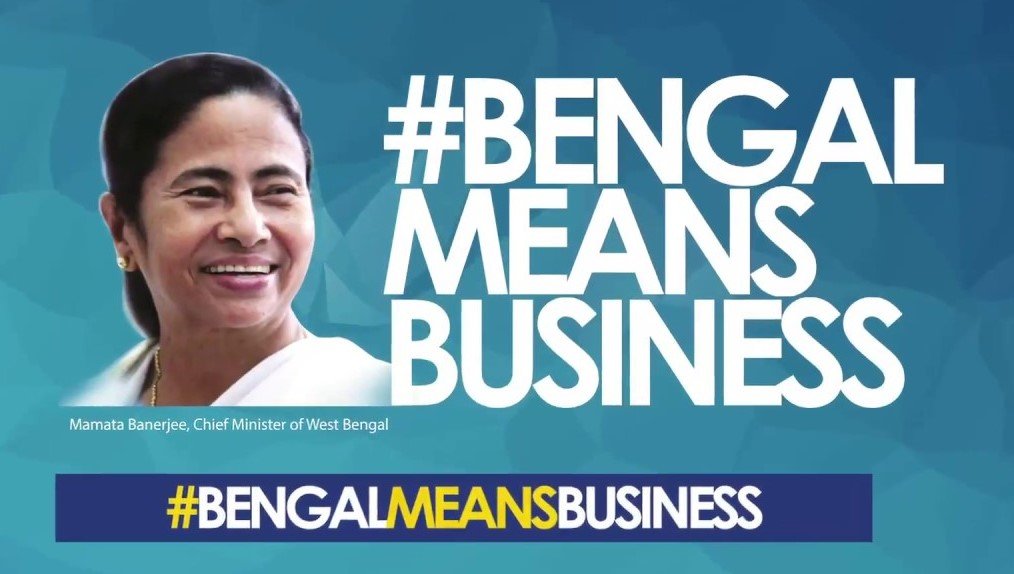‘Bengal means Business’: Rhetoric vs. Reality

 Dubela News, Upashana Adhikary: West Bengal’s economic ambitions have always been bold—centered on industrial resurgence, generating jobs, and building a self-sustaining economy. The state’s leadership has consistently prioritized budgetary discipline while ensuring that essential social welfare programs remain intact.
Dubela News, Upashana Adhikary: West Bengal’s economic ambitions have always been bold—centered on industrial resurgence, generating jobs, and building a self-sustaining economy. The state’s leadership has consistently prioritized budgetary discipline while ensuring that essential social welfare programs remain intact.
Alongside, the initiative for bringing investments has been constant. Having such aim, the Bengal Business Summit has been organized by the Govt. of West Bengal every year. The recent BGBS ended on February 6,2025 raising hope of investments. However, the latest Fiscal Health Index by NITI Aayog tells a very different story—West Bengal now occupies the lowest tier in performance, grouped with Andhra Pradesh, Punjab, and Kerala. This contrast between rhetoric and reality might signify that it’s time for some serious self-reflection or perhaps even a change in direction.
One of the fundamental pillars of a strong economy is revenue generation, something the state has often claimed to focus on. The West Bengal government has introduced key programs—like Digital Bengal, the Industrial Investment Promotion Policy, and Startup Bengal—to expand its tax base and streamline financial inflows. However, the numbers present an entirely different picture. While other states have strengthened their revenue collections, Bengal has grown more dependent on grants-in-aid, which indicates a rising reliance on external funding. The state’s non-tax revenue, which ideally should serve as a safety net against fiscal shocks, has gradually declined over time. One wonders if a more efficient revenue mobilization strategy could have prevented this slide.
Equally concerning is the state’s approach to expenditure, particularly in capital investments. Bengal’s leadership frequently claims that infrastructure development and industrialization will drive economic revival, yet the spending on these areas remains very limited. As the portion of funds directed toward asset creation shrinks, the question arises: Is Bengal truly investing in its future? Adding to this challenge is the mounting debt. While the debt-to-GSDP ratio has edged down, rising interest payments now consume a significant share of revenue, leaving even less for new initiatives.
The West Bengal government’s strong emphasis on social spending and welfare programs often comes at the cost of investments in sectors that drive real economic growth, create jobs, and boost productivity—leaving the state trailing behind its peers. In contrast, states like Odisha and Chhattisgarh have maintained fiscal resilience through robust revenue collection and cautious debt management, mainly by focusing on capital investments and effective financial planning. Moreover, a once-dependable source of revenue from trade with Bangladesh has become increasingly unstable as political dynamics shift. If West Bengal fails to implement a rational economic strategy, it risks not only budgetary stagnation but also losing its competitive edge to states that have mastered the balance between welfare and growth.





